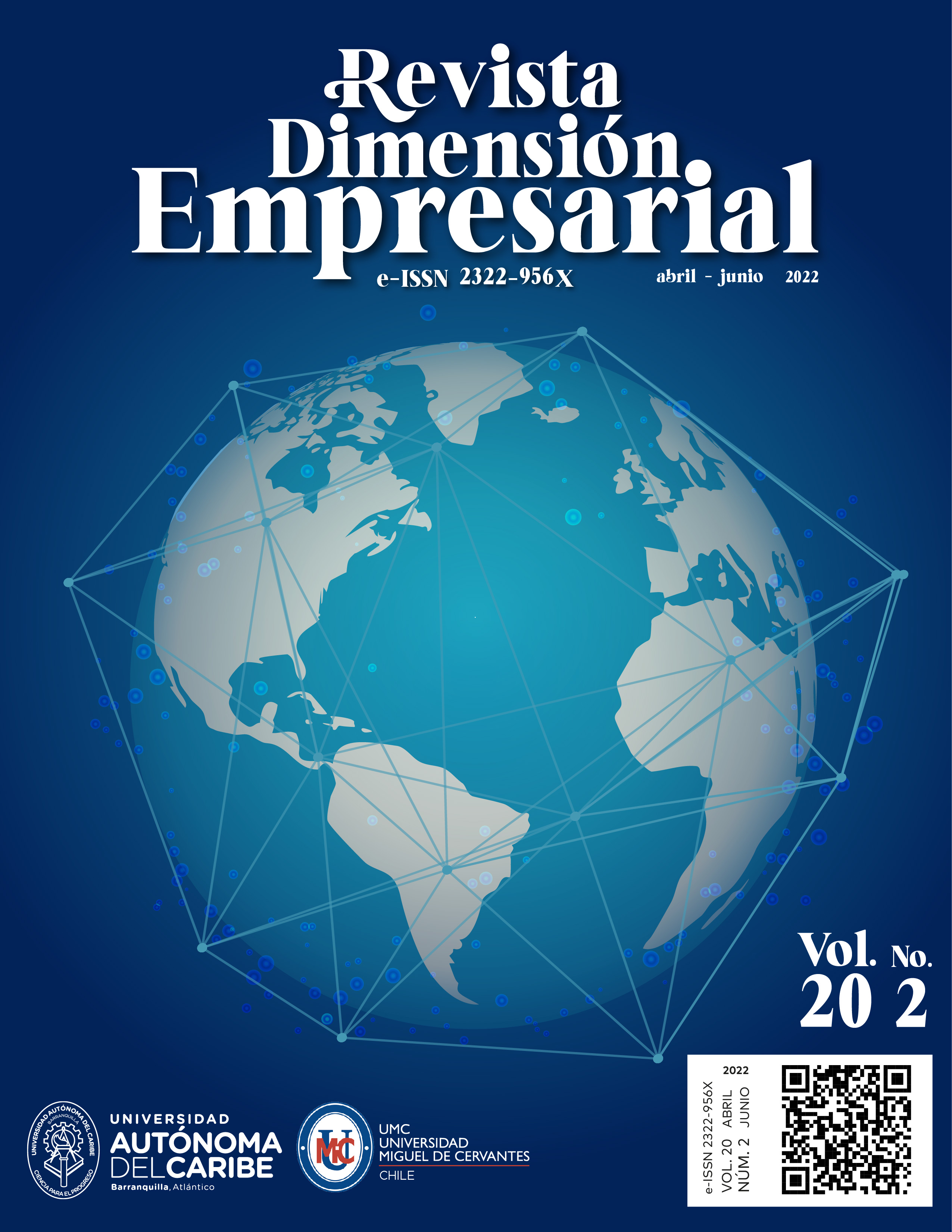Indústria 4.0 num Contexto Internacional: Estudos de casos chave
DOI:
https://doi.org/10.15665/dem.v20i2.3195Palavras-chave:
Indústria 4.0, Contexto Internacional, Estudos de casos chaveResumo
At the dawn of the 21st century, the underlying aspects of the change in the prevailing techno-economic paradigm were already a palpable reality. This circumstance was embedded in a context of constant change harmonised by a greater integration of international markets. In fact, the concept to which we refer is globalisation.
Thus, this phenomenon of global interconnectedness is not a new concept, but it has become more important in recent decades. Although globalisation has positive effects associated with increased market efficiency, increased international trade, access to resources, increased investment and increased market potential (Johnson, 2002), it has also led to a number of negative consequences that have overshadowed the high degree of trust placed in globalisation (Bretos & Marcuello, 2017).
Referências
Acemoglu, D. & Restrepo, P. (2019). Automation and new tasks: How technologies displaces and reinstates labor. NBER Working Paper, 25.684.
Alegre Vidal, J. & Lapriedra Alcamí, R. (2005). Gestión del conocimiento y desempeño innovador: un estudio del papel mediador del repertorio de competencias distintivas. Cuadernos de Economia y Dirección de Empresa, 23, 117–138.
Bartels, J. & Reinders, M. J. (2011). Consumer innovativeness and its correlates: A propositional inventory for future research. Journal of Business Research, 64(6), 601–609. https://doi.org/10.1016/j.jbusres.2010.05.002
Bretos, I., & Marcuello, C. (2017). Revisiting globalization challenges and opportunities in the development of cooperatives. Annals of Public and Cooperative Economics, 88(1), 47-73.
Crescenzi, R. & Gagliardi, L. (2018). The innovative performance of firms in heterogeneous environments: The interplay between external knowledge and internal absorptive capacities. Research Policy, 47(4), 782-795.
European Commission. (2010). Europe 2020 Flagship Initiative. Communication from the Commission to the European Parliament, the Council, the European Economic and Social Committee and the Committee of the Regions. COM 6(2010). Brussels.
Fatorachian, H., & Kazemi, H. (2018). A critical investigation of Industry 4.0 in manufacturing: theoretical operationalisation framework. Production Planning & Control, 633-644.
Johnson, D. G. (2002). Globalization: what it is and who benefits. Journal of Asian Economics, 13(4), 427-439.
Torrent-Sellens, J. & Díaz-Chao, A. (2018). Coneixement, robòtica i productivitat a la PIME industrial catalana: evidència empírica multidimensional. En: Ferràs, X.; Alcoba, O.; Torrent-Sellens, J. (coords.). Transformació digital i intel·ligència artificial. Barcelona: Col·legi d’Economistes de Catalunya (pág. 91-126).
Torrent-Sellens, J. (2019). Industria 4.0 y resultados empresariales en España: un primer escaneado. Oikonomics-Revista de economía, empresa y sociedad, (12), 1-11.
Trajtenberg, M. (2018). AI as the next GPT: A Political-Economy Perspective. National Bureau of Economic Research (NBER) Working Paper (núm. 24245). https://doi.org/10.3386/w24245.
UE. (2019). The Changing Nature of Work and skills in the digital age. EUR 29823 EN.
##submission.downloads##
Publicado
Como Citar
Edição
Secção
Licença
Direitos de Autor (c) 2023 Albert Miró-Pérez

Este trabalho encontra-se publicado com a Licença Internacional Creative Commons Atribuição-NãoComercial-SemDerivações 4.0.
Os autores mantêm todos os direitos a que têm direito e autorizadas com a sua reprodução de assinatura gratuita do documento enviado ou, no caso se necessário, assumirá, ao assinar o Certificado de Originalidade e Cessão de Direitos, o registro de ter a autoridade para a transferência de direitos de propriedade que estão livres devido a nenhum custo para qualquer procedimento do Dimensión Empresarial.
Instruções para preenchimento Originalidade Certificação e Transferência de Direitos de autor.
1. Clique aqui e tenha a originalidade da forma Certification and Copyright Assignment.
2. No formulário baixo, clique em cada um os campos e preencha os correspondentes.
3. Uma vez que os campos estão preenchidos, copie o fim sua assinatura digitalizada ou assinatura digital. Por favor, ajustar o tamanho da assinatura no formulário.
4. O formulário deve ser assinado por todos os autores.
5. Finalmente, salvá-lo como PDF e enviá-lo através da plataforma OJS como arquivo suplementar ou correio revistadimensionempresarial@uautonoma.edu.co.
Se você tiver dúvidas contate-nos, por favor.



